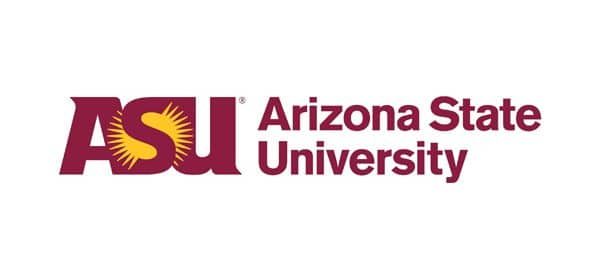With many courses transitioning online we thought it timely to interview Scott Livengood from University of Colorado Boulder. Scott has a great deal of experience using our MikesBikes Advanced Business Simulation in his capstone Strategic Management course which he teaches in both face-to-face and online formats.
How do you use MikesBikes in your course?
I use MikesBikes Advanced primarily for my capstone Strategic Management undergraduate course.
I have three “rounds” of play:
- The first is the Practice Round, where students compete directly against a computer rival in two possible customer segments (Adventurer and Leisure). This round is not graded but gives the students some exposure to the simulation so they can learn about its mechanics and also so they can experiment with and fine tune their strategies.
- Next comes the Solo Round, where the environment is exactly the same as the Practice Round (i.e. only one computer rival and two segments), except the rollovers occur on my schedule rather than giving the students the ability to roll forward, roll backward, or to reset the simulation. This occurs for five to six rollovers, depending on the length of the course.
- Last comes the Competitive Round, where students are assigned to “worlds” of approximately eight firms and they compete head to head with other students in the course, also over five or six rollovers. The Competitive Round also introduces three other customer segments (Racer, Commuter, Kids) and a new distribution outlet.
How do you introduce MikesBikes to students?
I have created a Beginner’s Guide where I essentially walk students through the first two years of decisions, using screen shots and references from the simulation itself. I have also created a video with my voiceover using the simulation while following the Beginner’s Guide. I also give some background regarding the purpose and learning objectives of the simulation.
Do students use MikesBikes in teams or individually? If in teams, how do you facilitate teamwork in an online environment?
I’ve experimented with using groups of students, but have found that to be ineffective, mainly due to two reasons: coordination and effort (often students don’t respond to communication and one or two students end up doing all the work and making all the decisions) and learning (students usually use the “divide and conquer” method where one student is in charge of marketing, a different one in charge of new product development, etc. whereas the way I do it, every student has to learn about all the various parts of the organization and how they fit together, which I think enhances the benefit gained). Thankfully, MikesBikes Advanced is complex enough that students have to dive in and learn new things, but not so complex that an individual student can’t make all the decisions.
What simulation related assessments and/or activities do you use?
Students are required to write a paper on External Analysis (Porter’s Five Forces), another paper on Internal Analysis (Resource-based View of the Firm), and another paper on SWOT Analysis and Business-level Strategies during the Practice Round to create a Strategic Plan for their Solo Round.
After the Competitive Round, they write a longer Simulation Reflection Paper on lessons learned from the Solo Round, a Competitive Analysis based on their biggest rivals, challenges with Diversification, exploration of a Merger or Acquisition (why or why not to pursue), and their biggest takeaway from the simulation.
These assessments align with the course material on Business-level Strategies and Corporate-level strategies and count for approximately 35% of their overall grade for the course.
In addition, a small percentage of their grade (5% for Solo and 5% for Competitive, which is mandated by our course coordinator – I would prefer 10% for the Competitive Round) is based on their actual performance on the simulation itself, using final SHV as the measure.
I break the students into “quartiles” based on their final SHV and assign a grade accordingly (top 25% receive 50 points, next 25% receive 40 points, next 25% receive 30 points, and the bottom 25% receive 20 points). This helps to reward students who perform well but isn’t overly strict for those who struggle with the simulation.
I impose a 20% SHV penalty for students who are insolvent during the simulation after providing a cash infusion to help them continue to be able to participate.
What other applications do you use?
We use Canvas as our Learning Management System and I use that as an interface with students. I do use VoiceThread for students to give presentation, but that’s not directly related to the simulation itself.
Do you have any tips for using a business simulation in an online course?
I love using a business simulation, particularly over the typical case study method. Cases are usually obsolete, have students analyzing other people’s decisions, and don’t provide an opportunity for students to practice implementation, assessment, and adjustment of their strategic decisions. However, with a simulation, students are able to make decisions for their own firms, see the results of those decisions, and adjust accordingly, all within a dynamic (and fun) environment. It’s taken me a few years to tinker with different ways to use the simulation, but I like what I’m currently doing and feel the students gain a great experience.
Related Articles:
